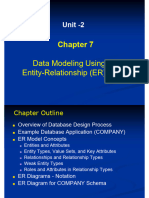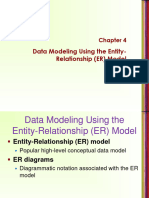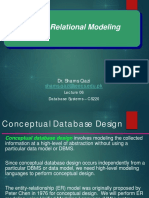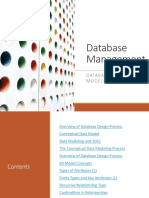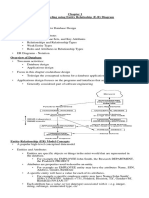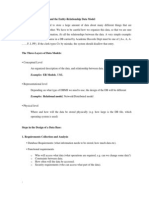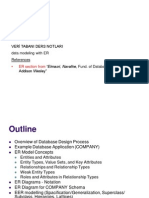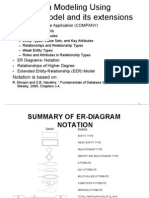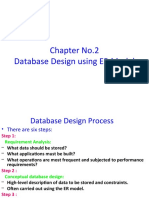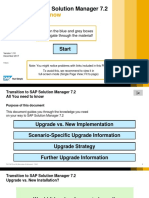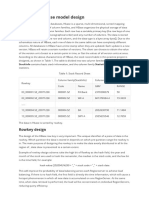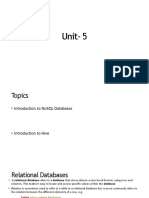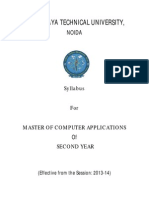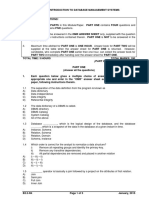0% found this document useful (0 votes)
8 views47 pagesModule 2 - 1 Entity Relation Model
The document discusses the Entity-Relationship (ER) model, a high-level conceptual data model used in database design, focusing on entities, attributes, and relationships. It outlines the components of a sample database application for a company, including employee management, project tracking, and department organization. Additionally, it covers various types of attributes, relationship constraints, and the design of ER diagrams to represent complex data structures and relationships in databases.
Uploaded by
Shreyas AdkiCopyright
© © All Rights Reserved
We take content rights seriously. If you suspect this is your content, claim it here.
Available Formats
Download as PDF, TXT or read online on Scribd
0% found this document useful (0 votes)
8 views47 pagesModule 2 - 1 Entity Relation Model
The document discusses the Entity-Relationship (ER) model, a high-level conceptual data model used in database design, focusing on entities, attributes, and relationships. It outlines the components of a sample database application for a company, including employee management, project tracking, and department organization. Additionally, it covers various types of attributes, relationship constraints, and the design of ER diagrams to represent complex data structures and relationships in databases.
Uploaded by
Shreyas AdkiCopyright
© © All Rights Reserved
We take content rights seriously. If you suspect this is your content, claim it here.
Available Formats
Download as PDF, TXT or read online on Scribd
/ 47
